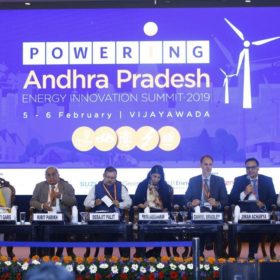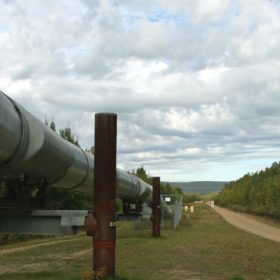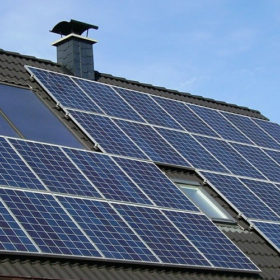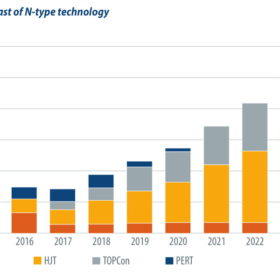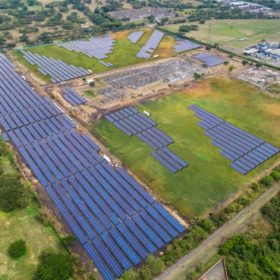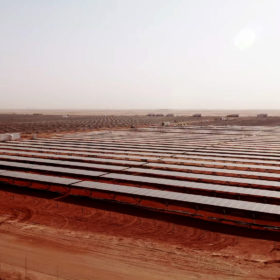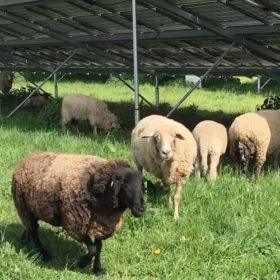Developing an energy sector vision in Andhra Pradesh – IEEFA India
Situated in south-east India, the state of Andhra Pradesh is a leading producer of renewable energy with 7.2 GW of installed capacity as of December 2018. The state’s share of renewable energy as part of total capacity has trebled in the last four years from 11% in 2014 to 30% in 2018.
Reading between the lines: What is the real message of BP’s Energy Outlook 2019 report?
The rise of renewables may have hogged the headlines but there is, nevertheless, a reassuring underlying message to investors with their money in fossil fuels. However there may be hope in meeting the Paris Agreement goals, if only we could encourage a few more trade wars…
The reform of the European electricity market is imperative for the PV revolution
Antonio Delgado, founder and CEO at AleaSoft Energy Forecasting has analysed the proposal for the reform of the European electricity market, which is still to be approved by the European Parliament. Below he discusses its most relevant aspects for the wholesale electricity market.
Debunking the low-cost nuclear myth
An article published in the FT this week was right to point out that pricing new energy capacity involves more than just comparing strike prices, but if you are in the business of calculating real costs, do it properly. For nuclear in particular, that’s a case of ‘in for a penny, in for (several) pounds’.
Outlook for n-type
Among n-type manufacturers, SunPower, Panasonic, and LG had the leading roles in interdigitated back contact (IBC), heterojunction (HJT), and tunnel oxidized passivated contact (TOPCon), respectively. But Chinese cells with low cost and high efficiency trends have been on the rise. In the future expansion of n-type production lines, the power of Chinese cell manufacturers and equipment makers can’t be underestimated.
Will Colombia’s renewable energy auction set a new bar for the market?
Colombia is blessed with an abundance of natural resources. According to data from the Colombia’s National Mining and Energy Planning Unit, UPME and the Institute of Hydrology, Meteorology and Environmental Studies (IDEAM), hydro potential is estimated at 56 GW countrywide, while solar is close to 42 GW and wind 15 GW in the Guajira region alone. Today, hydroelectric sources make up 65% of the energy mix, while wind and solar account for just 0.11% and 0.06%, respectively. As these numbers underscore, Colombia has barely scratched the surface of its renewable potential.
MENA: Opportunity in diversity
MENA countries have made significant strides in recent years in the fostering of both large-scale and distributed solar market segments. However, some investors and developers may turn elsewhere for opportunities if there remains a predominance of large utility-scale projects dominated by a small number of players, writes Iwan Walters, a partner in the corporate practice of Eversheds Sutherland.
MENA PV additions quadrupled in 2018
As anticipated, 2018 was a pivotal year for PV installations in Middle East and North Africa, writes Josefin Berg, Research and Analysis Manager at IHS Markit. Our end-of-year estimates show that approximately 3.6 GW of PV systems were installed in the region in 2018, compared to less than 1 GW in 2017.
Financing Indigenous-partnered renewables in Alberta
Promoting the full inclusion of Indigenous peoples in Alberta’s renewable energy market is a key facet of the Alberta Climate Leadership Program. To achieve this, the Alberta Government has allocated CA$151 million, equating to around 2.8% of projected carbon levy revenues, to support Indigenous community participation in renewables over the next three years.
French PV project developers: Beware of protected species!
The regulations for protected species and the procedure to obtain a derogation are complex and should not be understated by solar PV project developers. The avoidance of the significant risks linked with those regulations requires technical and legal expertise, and support from the very beginning of the development of the project, write lawyers Anouk Darcet-Felfen and Laurence Duriez.
